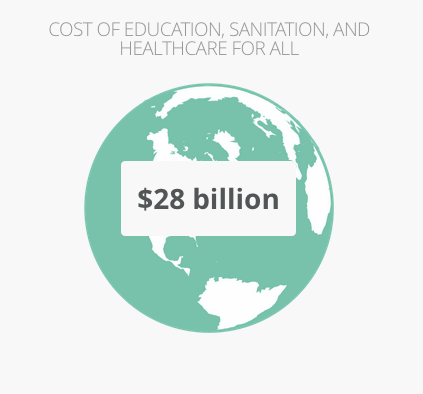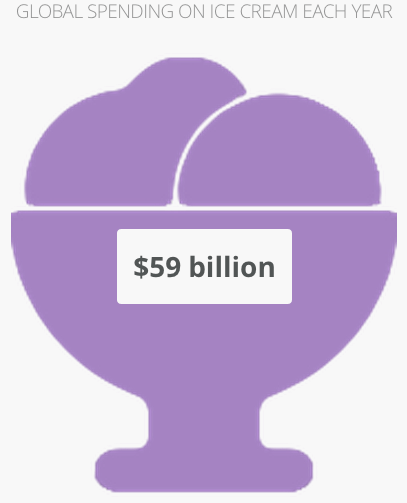As you read in the previous post in this series, I have been teaching Peter Singer’s 1999 New York Times Magazine essay, “The Singer Solution to World Poverty” in my community college English classes for years. I have students preview Singer’s essay, read it, reflect on it, and discuss it. In the midst of that process, they watch one or two videos including an interview with Singer and Singer’s TED Talk, “The Why and How of Effective Altruism” to give them greater context for the essay. All of these materials often inspire heated debates among students considering Singer’s definition of a luxury and their moral obligation to give. The next step is for students to write an essay in response.
My students respond to this essay prompt: “Should wealthy and middle class people donate all of their extra money to save the lives of poor people overseas?” I get a broad range of responses. What I notice about many of the students who argue that people should not donate is a lack of understanding of Singer’s points. For example, some students equate Singer’s notion of a moral obligation with compulsion. They say things like, “People shouldn’t have to donate to charities.” This brings up an interesting question about choice. Why would anyone choose to forego luxuries of a middle class life like the nail salon, eating out, or name brand handbags in exchange for helping others? This concept confounds some of my students, and thus they conclude that Singer must mean to mandate that giving. This is a valuable consideration for us all to make about choice. Since Peter Singer cannot require that people donate, what does inspire us to choose to give?
The students who agree with Singer's thesis do so because they understand the distinction between a luxury and a necessity. They often point out that many wealthy and middle class people buy things they don't need, and that money can be used to save lives. After heated debates in class about the real value of a trip to the hair salon, they describe how they, along with people they know and know of like celebrities, spend money on unnecessary luxuries. They write about eating out, buying designer shoes, paying for a luxury car, manicures and pedicures, video game equipment, etc. They recognize how these items are optional and that they could forgo those purchases and choose to save the lives of others instead.

Cost of aid. Providing everyone with a basic education, sanitation, and health care would cost $28 billion USD. (Source: The Life You Can Save)

Cost of luxury items. Global sales of ice cream alone total $59 billion USD each year. This is more than twice the cost of aid we would need to provide a basic education, sanitation, and health care to everyone more than two times over! (Source: The Life You Can Save).
It takes something for my mostly low-income students to recognize their power to make a difference, and I am always impressed when they do. They inspire me to remember the difference between a luxury and a necessity, and I encourage you too to consider my students’ tackling of Singer’s effective altruism as you make your choices throughout the day. My students reconcile their own choices, and many decide that people around the world (including themselves) who can afford to buy luxuries can and should play a role in ending extreme poverty.
Watch Peter Singer's TED Talk.
Watch Peter Singer on “A Good Life.” (Part 1)
Watch Peter Singer on “A Good Life.” (Part 2)



